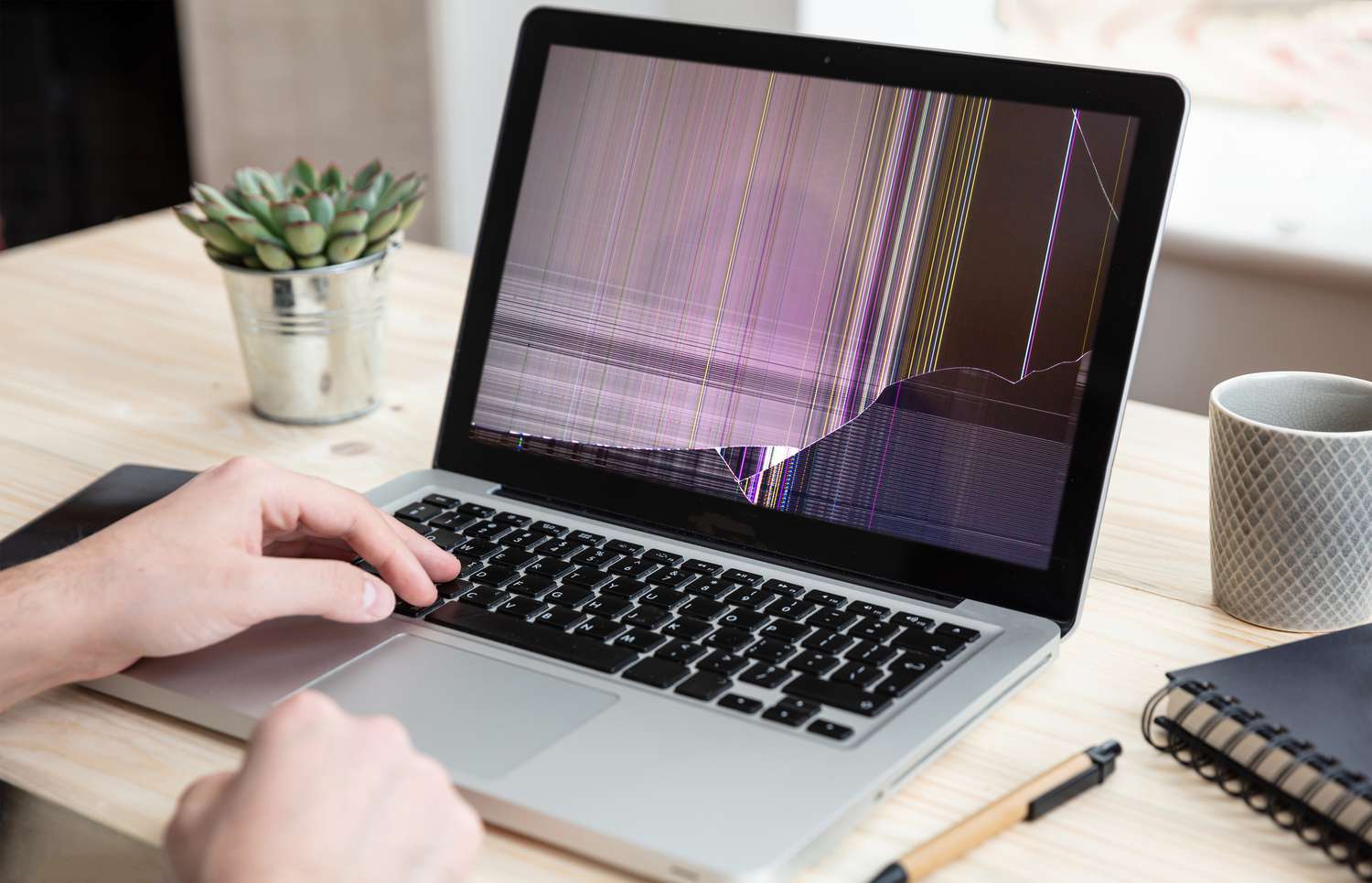
Introduction
In the fast-paced digital age, laptops have become indispensable tools for work, study, and entertainment. However, encountering issues with your laptop is an inevitable part of owning one. Whether it’s a hardware malfunction, software glitch, or a combination of both, knowing how to troubleshoot and fix common laptop problems can save you time, money, and frustration. This comprehensive guide will walk you through a myriad of potential issues and provide step-by-step solutions to revive your faulty laptop and get it back to optimal performance.
Identifying Common Laptop Issues
1. Power Issues:
- Symptoms: Laptop not turning on, no display, or sudden shutdowns.
- Possible Causes: Dead battery, faulty power adapter, or power supply issues.
- Solutions:
- Check the power adapter and cable for damage.
- Try using a different power outlet.
- Remove the laptop battery and attempt to power it on using only the AC adapter.
2. Slow Performance:
- Symptoms: Lagging, slow startup, and unresponsiveness.
- Possible Causes: Insufficient RAM, too many background processes, or malware.
- Solutions:
- Check for malware using reputable antivirus software.
- Close unnecessary background applications.
- Upgrade RAM if possible or consider optimizing startup programs.
3. Overheating:
- Symptoms: Excessive fan noise, frequent system shutdowns, or hot laptop casing.
- Possible Causes: Dust accumulation, malfunctioning cooling system, or inadequate ventilation.
- Solutions:
- Clean the laptop vents and fans using compressed air.
- Place the laptop on a flat, hard surface to improve airflow.
- Consider using a laptop cooling pad for additional ventilation.
4. Hardware Malfunctions:
- Symptoms: Non-functional keys, malfunctioning touchpad, or USB ports not working.
- Possible Causes: Physical damage, loose connections, or driver issues.
- Solutions:
- Check for loose connections and secure any disconnected components.
- Update or reinstall drivers for affected hardware.
- If the issue persists, consider seeking professional assistance for hardware repairs.
5. Blue Screen of Death (BSOD):
- Symptoms: System crashes with a blue screen error message.
- Possible Causes: Hardware or driver issues, corrupted system files, or incompatible software.
- Solutions:
- Update device drivers and ensure they are compatible with your operating system.
- Run a system file checker (sfc) scan to identify and repair corrupted system files.
- Uninstall recently installed or incompatible software.
Advanced Troubleshooting Steps
6. Reinstalling the Operating System:
- Symptoms: Persistent issues that cannot be resolved through regular troubleshooting.
- Possible Causes: Deep-seated software corruption or irreparable system files.
- Solutions:
- Backup important data before reinstalling the operating system.
- Use the built-in recovery partition or create a bootable USB with the OS installation files.
- Follow on-screen instructions to reinstall the operating system.
7. Hardware Diagnostics:
- Symptoms: Random system crashes, unexplained errors, or intermittent hardware failures.
- Possible Causes: Underlying hardware issues that need identification.
- Solutions:
- Use built-in diagnostics tools provided by the laptop manufacturer.
- Perform a thorough hardware test to identify faulty components.
- Replace or repair the identified hardware issues.
8. BIOS/UEFI Update:
- Symptoms: Compatibility issues, hardware malfunctions, or system instability.
- Possible Causes: Outdated BIOS/UEFI firmware.
- Solutions:
- Visit the laptop manufacturer’s website and check for BIOS/UEFI updates.
- Follow the manufacturer’s instructions for updating the firmware.
- Be cautious and follow instructions carefully to avoid bricking the laptop.
Prevention and Maintenance Tips
9. Regular Backups:
- Prevention: Data loss due to hardware failure or system crashes.
- Maintenance:
- Set up automatic backups using built-in or third-party software.
- Regularly check and verify the integrity of your backups.
10. Antivirus and Anti-malware Protection:
- Prevention: Malware infections compromising system integrity.
- Maintenance:
- Install reputable antivirus and anti-malware software.
- Keep virus definitions and security databases up to date.
11. Update Operating System and Software:
- Prevention: Security vulnerabilities and software bugs leading to issues.
- Maintenance:
- Enable automatic updates for the operating system.
- Regularly update third-party software to patch security vulnerabilities.
12. Proper Handling and Cleaning:
- Prevention: Physical damage or overheating due to neglect.
- Maintenance:
- Handle the laptop with care, avoiding drops and impacts.
- Clean the laptop vents and fans regularly to prevent dust buildup.
Seeking Professional Help
For complex issues or situations where DIY solutions prove insufficient, seeking professional assistance is advisable. Certified technicians and laptop repair services can diagnose and address hardware-related problems, ensuring a comprehensive and accurate resolution.
Conclusion: Empowering Users to Revive Their Laptops
In the dynamic world of technology, encountering laptop issues is not a matter of if but when. Armed with the knowledge and troubleshooting skills outlined in this comprehensive guide, users can confidently tackle a wide range of laptop problems. From basic power issues to advanced hardware diagnostics, the steps provided empower users to navigate the intricacies of laptop troubleshooting, fostering a sense of independence and efficiency.
Remember, prevention and regular maintenance are key to prolonging the life and performance of your laptop. By implementing proactive measures, staying informed about the latest updates, and exercising caution when handling both hardware and software, users can enjoy a reliable and efficient laptop experience. As technology continues to advance, the ability to troubleshoot and fix laptop issues remains a valuable skill, allowing users to unleash the full potential of their devices and navigate the digital landscape with confidence.